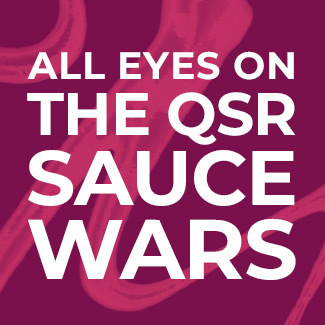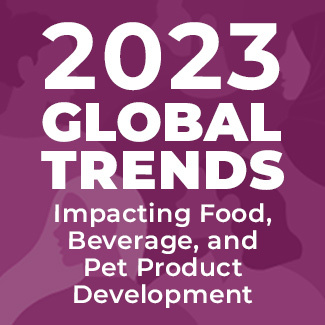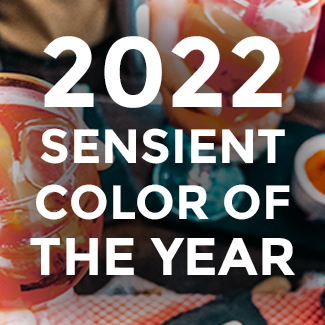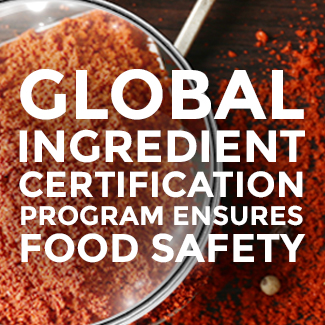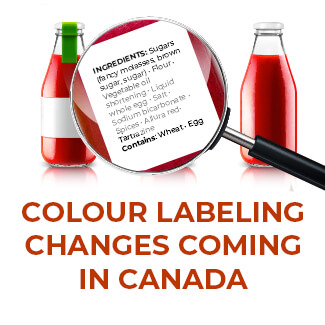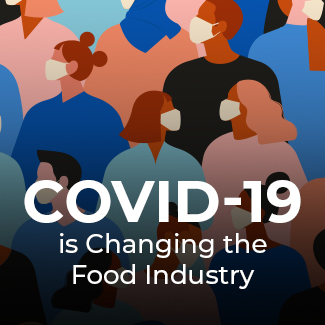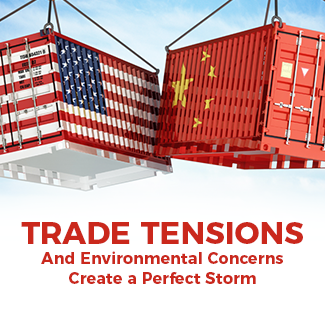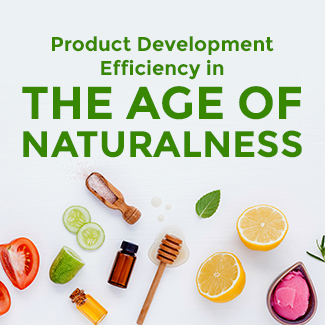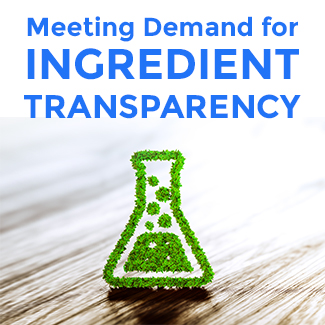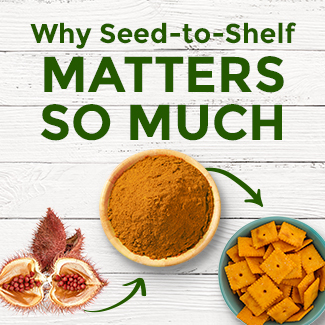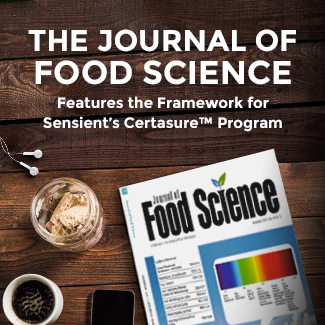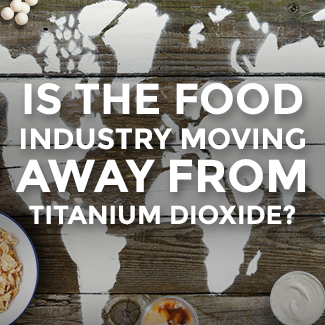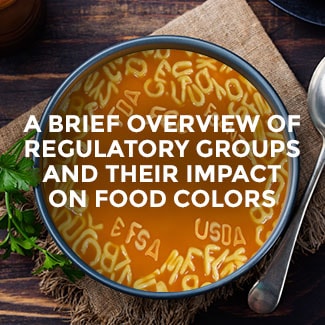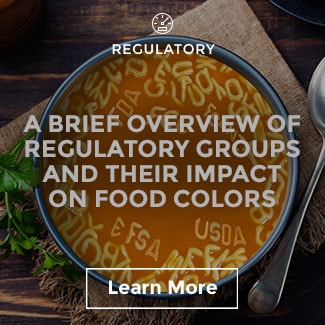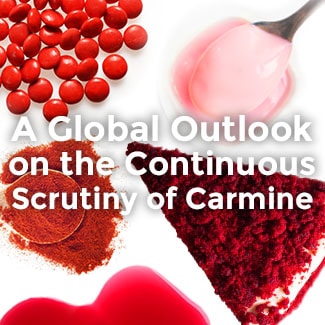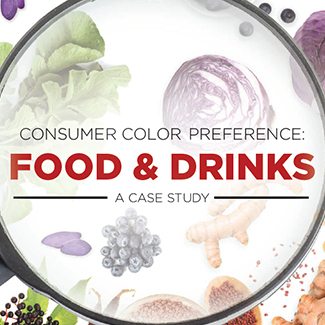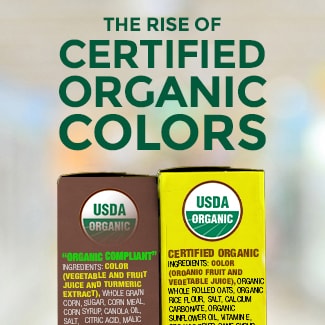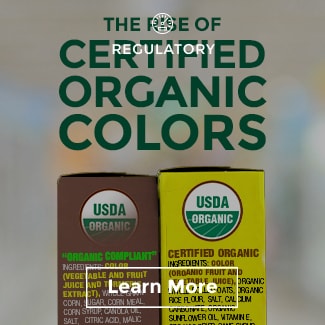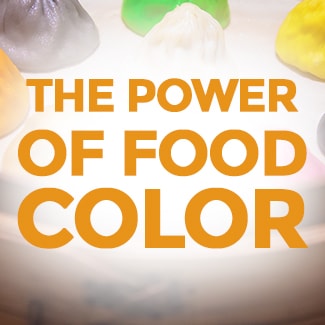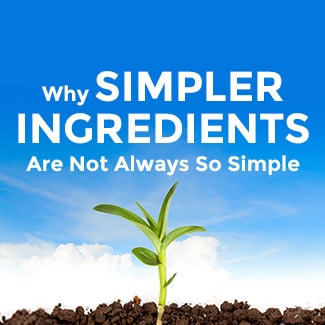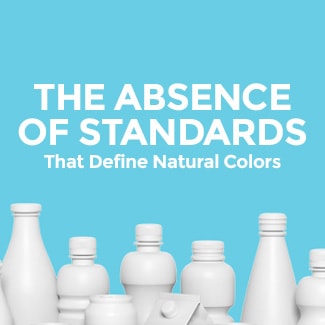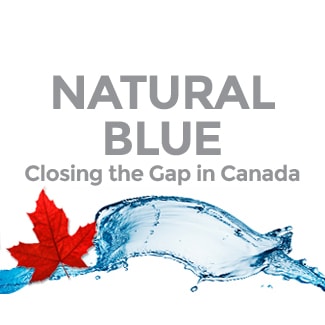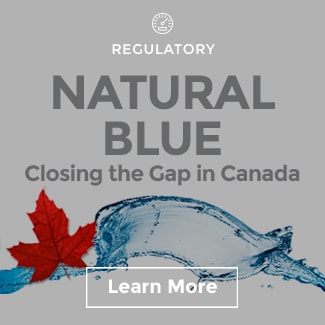Harmonization Of Standards
A bevy of consumer research studies has concluded that our perception of food quality and its overall appeal is determined at least as much by color as it is by flavor. Ancient civilizations introduced color into their foods. For example, the Egyptians colored their food yellow with saffron, and the ancient Mayans used annatto to color their food orange-red for appeal.
Over the years, advances in food preservation via refrigeration, canning and processing as well as year-round demand for many foods led to the increased use of color additives to ensure consistency and appeal. However, overuse of food color was soon recognized as a potential threat to public health. The earliest attempt at regulation of color additives in the United States was by the National Confectioners’ Association in 1899 who published a list of 21 colors said to be harmful and 33 said to be harmless.

In 1959, the Food, Drug and Cosmetic Act was passed, and the Color Additive Amendment added in 1960. The Act established that no color additive could be deemed safe if it was found to cause cancer in humans or animals. The Act also divided colors into certified (FD&C) and exempt from certification — colors often called ‘natural’ colors.
The Codex Alimentarious Commission was created in 1963 by the Food and Agriculture Organization (FAO) and the World Health Organization (WHO) to develop food standards, guidelines and codes of practice. The mission of Codex Alimentarius is to guide and promote the harmonization of food laws among countries and to adopt internationally agreed-upon standards.
However, today there are more than 100 governmental regulatory bodies, international trade agreements, and industrial trade organizations that oversee food regulations. Different risk philosophies are in play depending on the region. For example, the European Commission (EC) of the EU employs a ‘low risk’ philosophy, while the US employs a ‘no risk’ philosophy. In time, Codex’s work to establish usage limits for all additives will lead to fewer barriers to trade and freer movement of food products among countries, which will be good for manufacturers, farmers, and consumers.
In the meantime, global food manufacturers will need to navigate the diverse regulations that vary by region.



